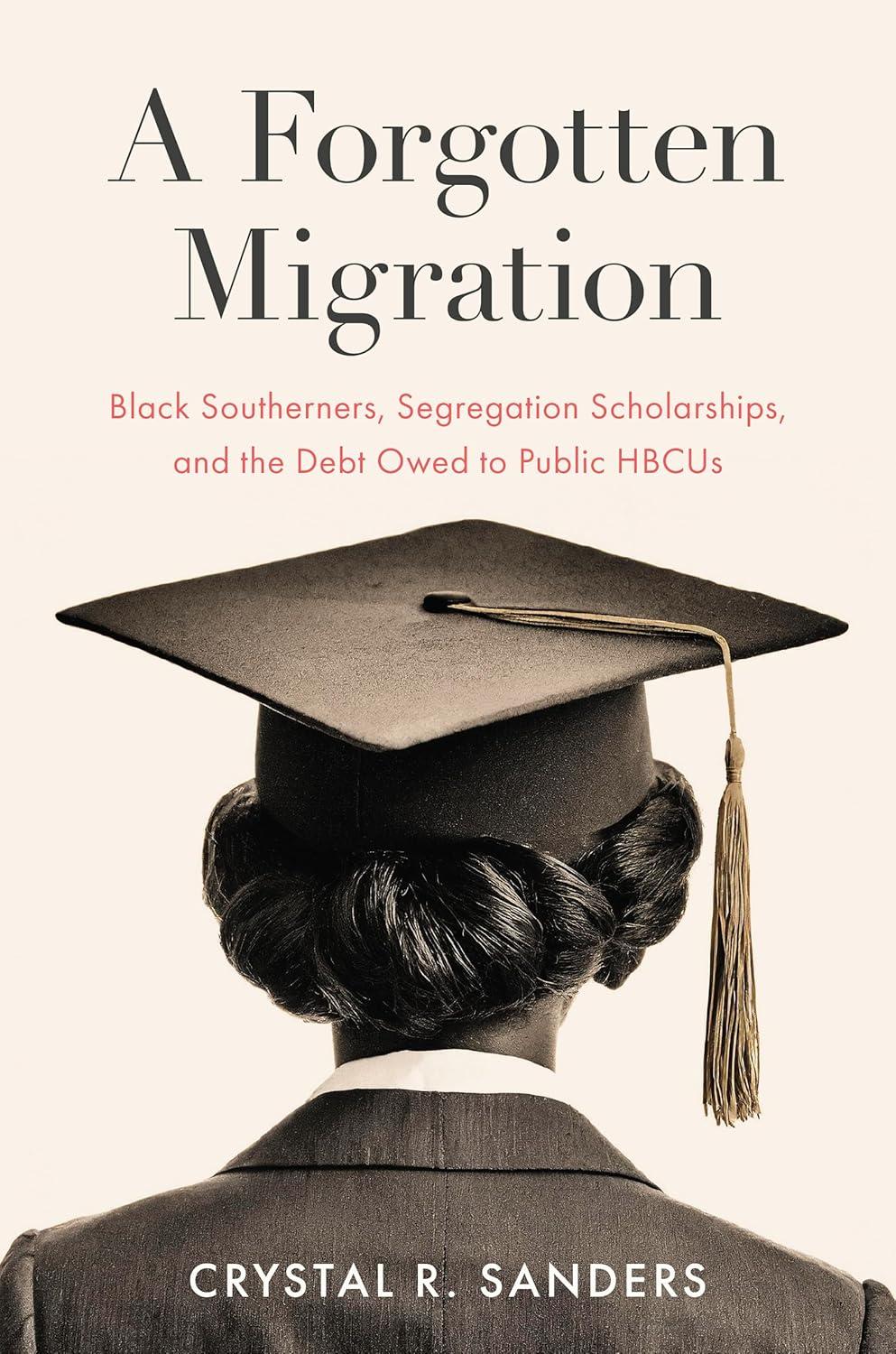Everson: In the book, you detail how Jim Crow-era “segregation scholarships”—meant to fund Black students forced to attend out-of-state or private institutions—often only covered the difference in tuition between those schools and their in-state counterparts. But you also show how these scholarships were frequently tied to classist reimbursement policies or delayed disbursements, creating immense financial and psychological strain for students. Do you interpret these patterns as subversive strategies by the state to further undermine Black students’ likelihood of attaining professional degrees once they were enrolled in private or non-South state universities, or do you see them as examples of bureaucratic dysfunction? Or perhaps both?
Sanders: I think the financial and psychological strains that segregation scholarship recipients experienced were the result of both white state lawmakers’ lack of interest in Black graduate and professional school education AND bureaucratic dysfunction though the latter problem was a byproduct of the former.
Moreover, to stymie Black intellectual pursuits, lawmakers erected all kinds of bureaucratic hurdles in hopes that students might give up. Spoiler alert: Black southerners were resolute in demanding that their southern state governments make provision for them to pursue graduate study.
Everson: Your work builds on the foundational scholarship of historians like Stephanie Evans and Jelani Favors in the study of Black higher education. What conversations within the field are you hoping to spark, expand, or deepen through A Forgotten Migration? And how do you see your work pushing the boundaries of existing narratives in this area of study?
Sanders: Scholars such as Jelani Favors, Stephanie Evans, and Deondra Rose have beautifully documented the ways in which historically Black colleges and universities have transformed the world by producing generations of alumni whose commitment to freedom, equality, and democracy have challenged empires and altered societies. There is no question that these institutions have always punched above their weight class, doing so underfunded and oftentimes neglected by state and federal authorities. I am hopeful that my work furthers conversations about the real and great financial debt owed to public HBCUs. Not only have these institutions never been funded at levels equal to state flagship institutions, but also border and southern state governments knowingly and willfully took badly needed resources from these schools. As I show in the book, many southern and border states paid for their segregation scholarship programs by taking money out of their already underfunded public Black colleges. For example, in Tennessee, lawmakers created a segregation scholarship program after William Redmond Jr., a twenty-seven-year-old Black man, applied for admission to the University of Tennessee Pharmacy School in 1936. The authorizing legislation for Tennessee’s segregation scholarship program detailed that scholarships were “payable out of the state appropriations made for the Agricultural and Industrial College for Negroes” (present-day Tennessee State University). Robbing Peter to pay Paul, legislators placed the burden of financing African Americans’ out-of-state graduate study on an already cash-strapped public Black college.
